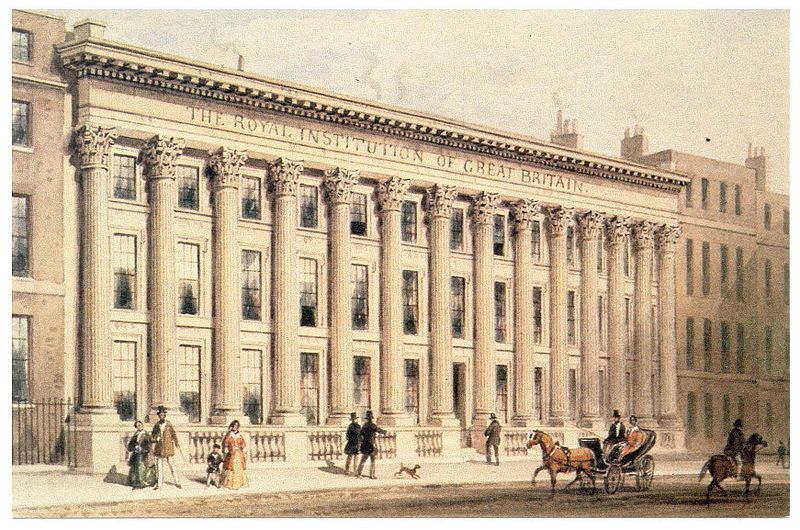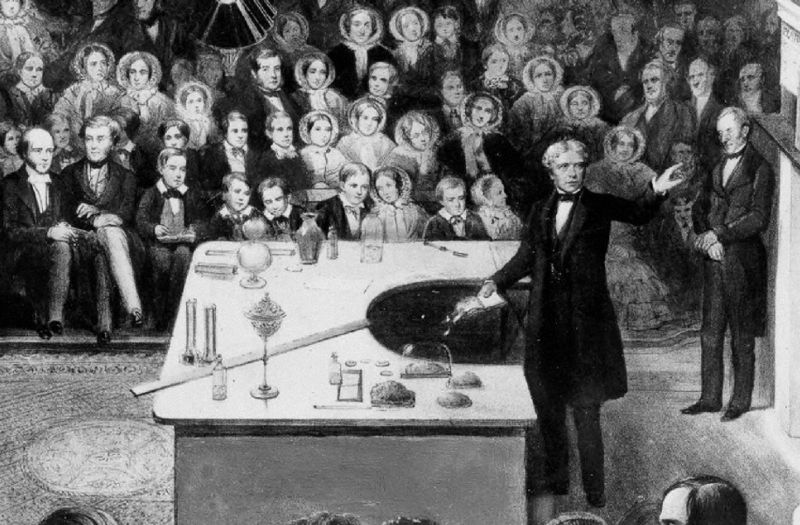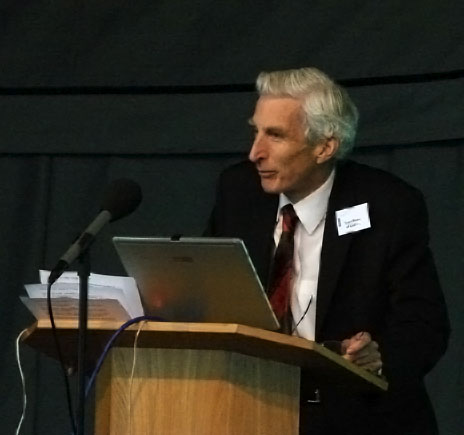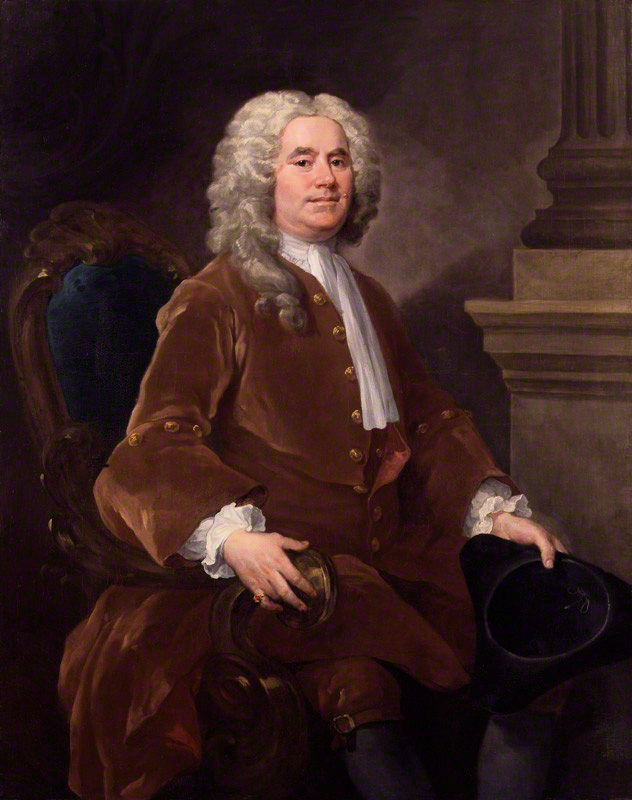 |
Pupils in half of Wales’ secondary schools and 40% of primary schools have weak numeracy skills, according to Estyn (Her Majesty’s Inspectorate of Education and Training in Wales). |
Calculators at the ready!
Estyn state that pupils rely on calculators to do basic arithmetic and so struggle to do harder calculations.
In my experience teaching foundation year students at university level this phenomena is by no means restricted to Welsh, or even British students. Too often pupils reach for the calculator and do not understand the calculation required.
For instance, on more than one occasion have I had a student “call me out” saying that my numerical answer is wrong as it does not agree with their calculator. They can struggle with the fact that they have simply entered the numbers in wrong! This is usually a problem with doing longer calculations in one step and placing brackets in the wrong place.
This has happened when doing physics based questions where we can use our physical intuition to dismiss the incorrect answers. For example, the classical electron radius cannot be of the order 1cm, no matter what your calculator says!
Hey, but I can read good!
We know that many schools have not given as much attention to numeracy as they have done for literacy, but it is vital that schools have clear plans for developing numeracy skills.
Chief inspector Ann Keane
There seems to be a strange situation in the UK where by it is okay to be innumerate, but to be literate is shameful.
Can you imagine ever at a party saying “I wrote a book” only to get the response “I cannot read”? It happens if you tell people you are interested in mathematics!
Well, to read and write are essential life skills, so why not basic mathematics?
Hopefully the state of mind of the country on this issue will change. We now hope that the Welsh government will act on this report and find ways to engage pupils to help develop their mathematics skills.
The report
Numeracy in key stages 2 and 3: a baseline study (opens pdf)
Link
Numeracy: Pupils struggle with sums in Wales says Estyn (BBC News)













